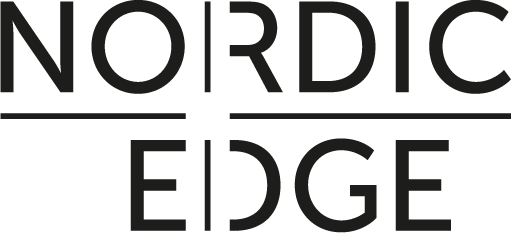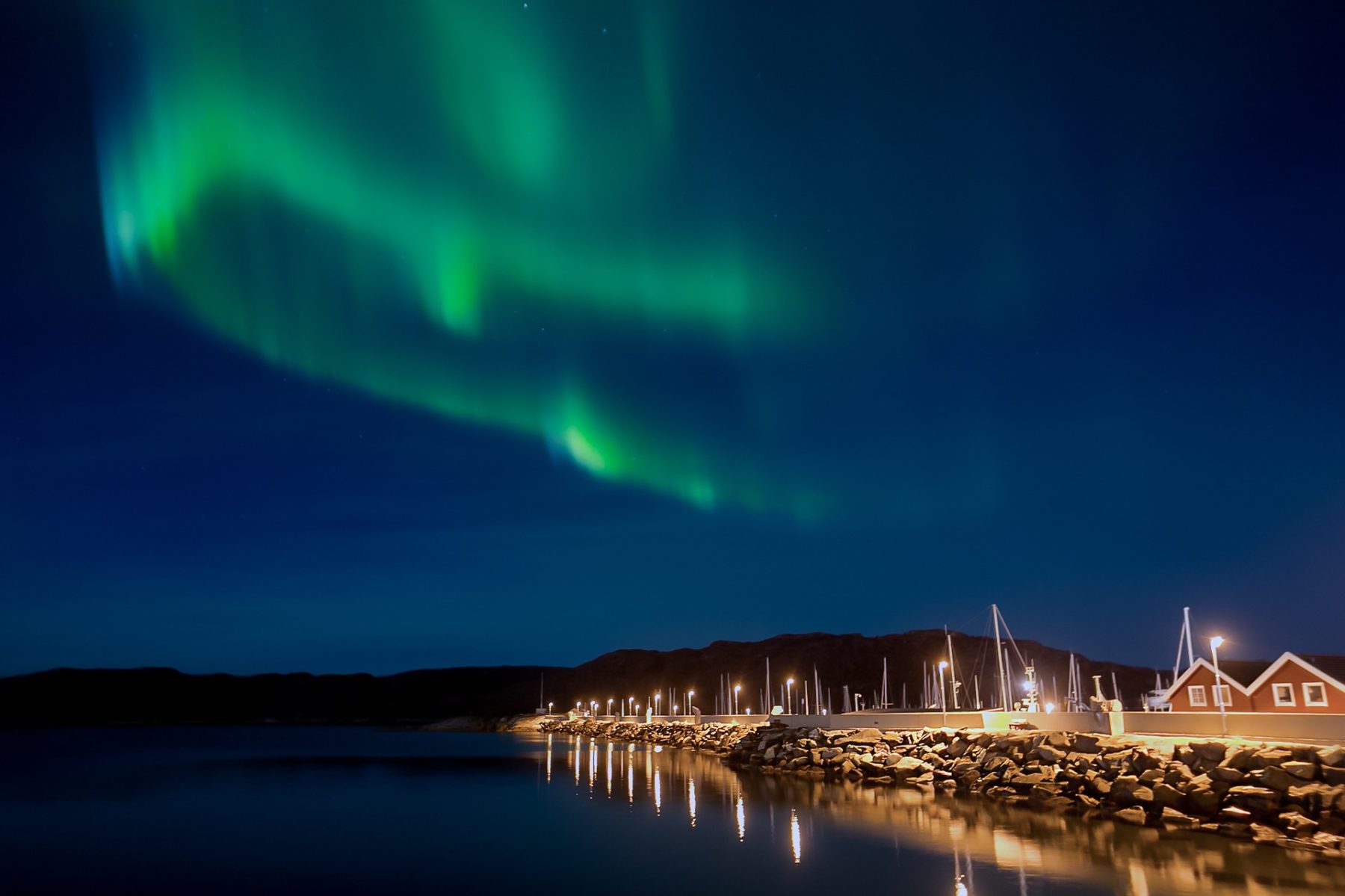Five forward-thinking municipalities have been chosen for this year’s Gnist program. To succeed, they need your help.

Five municipalities have been selected to participate in this year’s Gnist program after extensive and lengthy discussions by the jury. These are municipalities that want to work in new ways to find innovative solutions that can ensure sustainable local development in their communities.
- Now we are seeking innovation teams that can work together with the municipalities to explore the challenges.
- The innovation teams should preferably have expertise in design and architecture, but they can also include people with other backgrounds, such as natural and social scientists, engineers, artists, technology developers, and so on.
- In week 23, the challenges of the municipalities will be made available on DOGA’s and Nordic Edge’s website.
- In week 24, we will conduct market dialogues with potential providers.
- The final date for market dialogue with each municipality will be announced on June 8th.
As an innovation actor, you now have the opportunity to work on these exciting projects!

Grue, Innlandet
Kirkenær is surrounded by valuable natural resources, in a beautiful agricultural landscape, and along the banks of the Glomma River. However, the town is characterized by a struggle for land. Industrial areas with innovative and future-oriented businesses are located close to the city center and large residential areas, only separated by railway tracks that transport freight trains in and out of the factory areas. Heavy traffic runs through the town center around the clock, making the area unattractive for the residents of Kirkenær.
The challenges in Kirkenær are complex, and therefore, Grue municipality wishes to collaborate with the civil society, business actors, and transportation authorities to co-create and develop Kirkenær into a smarter and greener community. The focus is on increased circularity and attractiveness for living and staying there.

Kragerø, Telemark og Vestfold
The delightful summer gem Kragerø is a popular holiday destination. This has contributed to the development of the city, but largely on the terms of vacationers. Outside the tourist season, Kragerø is a small district town struggling with an aging population, outmigration, and social exclusion, like many other small municipalities around the country. The focus on the tourist season and the desires of large developers can result in projects that are not well-suited to the local context, leading to significant conflicts and a polarized debate about the development of Kragerø city.
How can Kragerø transition from developer-driven urban development to allowing residents and their needs to guide and shape the development? Can Kragerø become a more inclusive, attractive, and sustainable city for both part-time and full-time residents? As a young person from Kragerø aptly put it, “It’s more fun to visit when there’s someone at home!”

Andøy, Nordland
For 70 years, Andøya has been an important arena for the Norwegian Armed Forces, but the military personnel were never fully integrated into the local community on the island and had their own separate society. Now, the Armed Forces are relocating much of their activities, leaving behind numerous vacant buildings with significant potential. At the same time, the establishment of the Andøya Spaceport, Europe’s first satellite launch site, is underway. This will require hundreds of new employees, and the military will be replaced by space experts.
But where will these people live? How can the municipality ensure that a new satellite town is not established? How can the new residents be integrated into the local community, and can existing housing resources be utilized in a sustainable and exciting manner? How can the satellite town of the past become an asset in the future community efforts at a time when Andøya is once again becoming a host for an initiative that brings entirely new and different expertise to the island?

Averøy, Møre og Romsdal
For years, various initiatives on Averøya have been working to revive the old school, Varde, but without success. The enormous wooden building dominates the landscape in the center of Bruhagen and today stands as a monument to failed attempts.
Varde is an important regional cultural heritage site, and Averøy municipality sees the building as a potential resource in the development of the local community on Averøya. They have already engaged the new owner of the facility, local artists, and others, and in the Gnist program, they aim to explore how Varde can transition from being a contemporary ruin to once again becoming a guiding light for both sustainable cultural heritage management and community development.

Sarpsborg, Viken
Sarpsborg municipality has been working to uplift the Eastern district since the 1970s, but despite the efforts of work groups, consultants, reports, and plans, they have not succeeded. The district possesses remarkable qualities such as cultural-historical identity, cultural diversity, and several cultural institutions. However, the challenges in living conditions continue to accumulate, and the district is deteriorating.
How can we harness the strengths of the Eastern district to ensure sustainable and inclusive placemaking and business development? Sarpsborg municipality has also received government funding for an area initiative in the Eastern district, and the Gnist process will be aligned with this area initiative.


